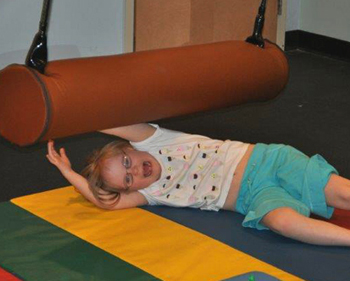
|
Pediatric Occupational, Physical, ABA/Behavioral, Feeding, Speech, and Language Therapies Main Clinic: 931-372-2567 1445 East 10th Street Cookeville, TN 38501 Email: [email protected] HIPAA Secure Email: [email protected] Fax: (931) 372-2572 ABA Clinic: 931-201-9534 400 Dubois Road Cookeville, TN 38501 Email: [email protected] Please call today to get started! Most insurances accepted! |

|
| Who needs therapy? | SE HABLA ESPAÑOL |
Children with poor motor coordination will show behaviors to avoid harder tasks.
Children who have Dyspraxia or poor motor coordination often appear behavioral.
Child with Proprioceptive (muscle and joint receptors) Dysfunction: if your child is showing these issues then OT and PT can help them gain improved motor coordination and therefore gain more confidence with educational and social skills!
-
Poor muscle tone: either too high or too low
-
deliberately runs into people, objects, jumps, dives into stuff, tackles people
-
stamp or slap feet onto ground while walking, walks with a bouncing gait
-
Kick his feet or heels against chair or floor, or desk
-
Bang sticks or objects on wall while walking, rubs against the wall
-
Rubs his hands on everything, bites or sucks fingers, cracks knuckles
-
Likes to be touched, hugged, rough and tumble play, swaddled,
rolled into bedding tightly
-
Chews on shirt, cuffs, strings, pencils, toys, and gum a lot
-
Poor motor planning, body awareness, position in space
-
Holds pencils or crayons too tight or too loose- closed web space grasp, hooking thumb or fingers, or whole hand grasp on writing utensils and feeding utensils.
-
messy eater, messy work
-
"Bull in a china shop", clumsy
-
Uses too much force, breaks objects frequently
-
Poor posture, slumps, sits on edge of chair with foot for support
-
Unable to balance on one foot for long periods of time (should do 10 seconds at 5 years easily)
Site empowered by
WebOnTheFly